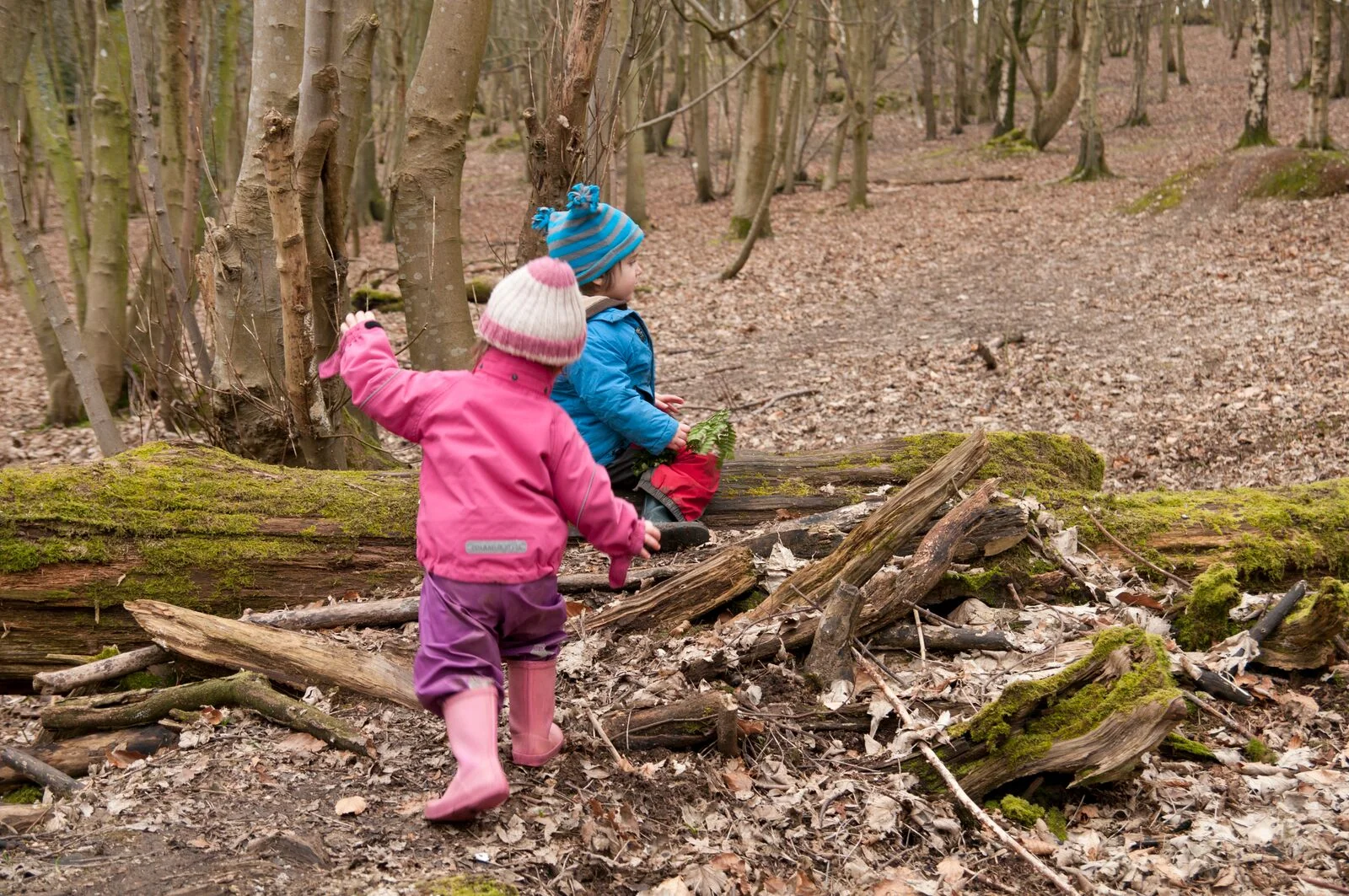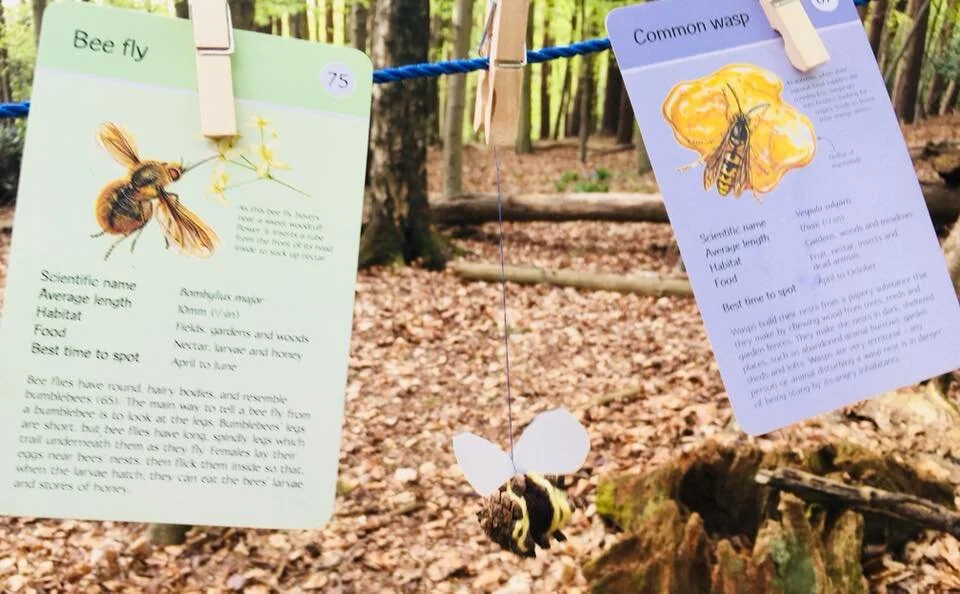Pine Cone Bumblebees
/By Mel Evans
We love a pine cone and we love a Bumblebee so you can imagine just how happy a Pine Cone Bumblebee makes us. We have talked about these previously on our Easter Tree post, but as its World Bee Day it seems only fitting that they should get a post all of their own!
The whole point of World Bee Day is to raise awareness of these important creatures and what we can do to help their survival. Loss of habitat and a reduction in wild flowers are taking their toll, but we can help by creating homes for bees and planting their favourite plants. The Bumblebee Conservation Trust has lots of information and advice.
We like to make Pine Cone Bumblebees alongside other activities as a way to raise awareness. We often combine this activity with making (or eating) our ever popular Dandelion Jam as a reminder that we have to share the Dandelions (and other flowers) with the bees.
More than this though, making Pine Cone Bumblebees are great for little fingers with developing fine motor skills, as well as relaxing and grounding for older children. They are fun to tie to a stick and buzz around the woods or look great hanging from a vase of flowers or decorating the garden.
Now is a great time to collect Pine Cones as they are likely to be fully open in the warm weather. Appropriately coloiured wool can be wound around the pine cone to make the bee’s stripes. Wings can then be cut from old packing materials or washed out plastic milk bottles. The wings are then tied onto the body using the hanging string.
Below are some Bee facts taken from one of our favourite books.
Bee Facts
Bees buzz by moving their wings very quickly, up to 200 times a second!
It takes 20,000 bees to make one jar of honey.
Bees communicate through dancing and making smells.
Many bees are dying out because of changes in our towns and countryside, It is getting harder for bees to find flowers.
We can help bees by giving them a place to live and planting more flowers for their food.
Bees can live happily in towns and cities if there are enough flowers around.
Bees have been around since dinosaurs walked the earth.











